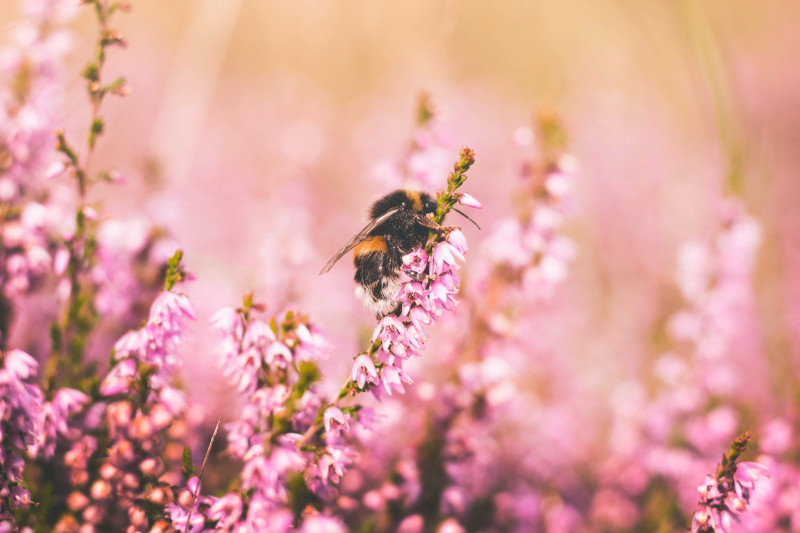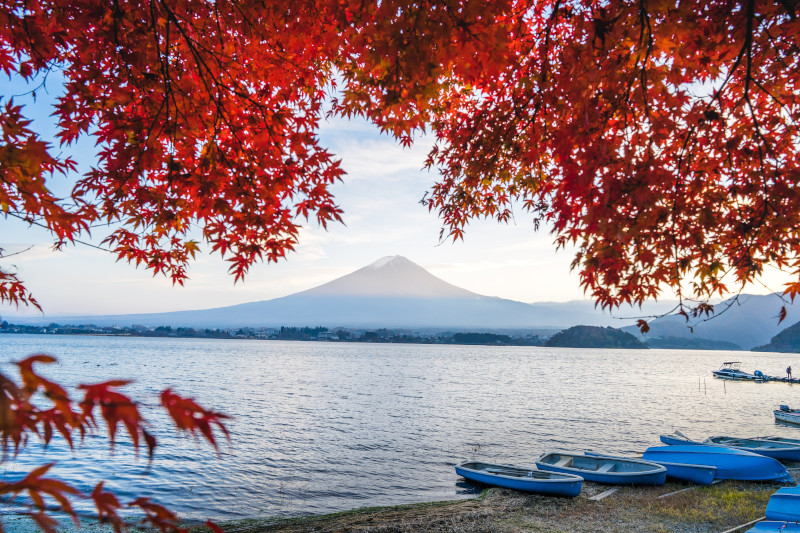As the leaves change from summer’s lime and olive greens, to autumn’s crimson and amber leaves that fall in crunchy piles on the grass, we feel a change in the air.
Mornings and evenings are cooler and the days are getting shorter. The dew on the grass is heavier and some days there’s even frost!
Of all the seasons, the change from summer to autumn always fills me with anticipation and wonder.
One of my favourite writers, Pico Iyer, writing about Japan in the autumn says ‘Things are as they are, and every year people go out and watch the autumn, because it’s always the same and always not.’ Autumn happens every year, and yet each autumn is different to the one before.
Autumn is a universal metaphor for change. It reminds us that nothing stays the same forever. The awe we feel at this time of year is a powerful emotion that inspires us with a sense of possibility and motivates us to grow and change.
Anything but ordinary
Young children view everything as extraordinary: the way the clouds move and make shapes, the way they turn dark before a storm, the way ripples form in puddles, the way lightning turns the sky purple in the blink of an eye, the number of twinkling stars they can see on a clear night… Children experience life in technicolour.
Unfortunately as we grow up and become preoccupied with responsibilities like school, work and friends, we often become too busy to allow ourselves to feel the same sense of awe at the world around us.
To start experiencing wonder again, and to model it for our children, we need to first remember that everyday life is anything but ordinary.
Getting curious
Curiosity is our innate desire to learn; it reveals itself in the way we notice patterns in the world around us and develop theories about how things work.
It begins with a single question:
- Why do the tides rise and fall?
- Why does the moon change shape?
- Why do bees like flowers?
- Why do potatoes grow underground?
- Why do leaves have veins?
Think about it. The reason you remember how engines work, how to make Grandma’s pasta, or the way to get from home to the shops is because you wanted to find it out. Everything you know started out with a question.
All humans are curious.
All humans are also creative: we create art and food, we compose emails and solve problems. However, somewhere in our school years, many of us stopped believing that we had any worthwhile ideas.

Core experiences inspire creativity
We need to have sensory experiences in order to create. For instance, if I’m asked to write about going on a bushwalk through the Blue Mountains, it helps to experience that first hand.
But curiosity inspires imagination which leads to creativity. Even if I’ve never been to the Blue Mountains, so long as I’ve heard wind rustle through trees, smelled the fresh scent of greenery after rain, felt the invigorating sensation of cool water running over my palms, heard the crunch of gravel as I walk over it, I can describe what going on a bushwalk might be like.
Children need to experience life, and be encouraged to talk about/write/draw/dance what they observe, in order to write detailed recounts and stories, poems, diary entries, information reports. Likewise, children need to associate words with their emotions in order to communicate effectively and memorably.
Core experiences that inspire creative writing, artwork and curiosity are often simple and free so you can incorporate outdoor wonder time into your family schedule today. Here are a few ideas:
- Take of your shoes to feel the grass between your toes
- Roll down hills
- Build sandcastles and making sand angels
- Collect pretty leaves and shells
- Compare leaves from different trees with a magnifying glass
- Eat or read outdoors
- Look at the stars at night time
- Find shapes in clouds during the day
- Observe underwater life in rock pools.

Responsible stewardship
Spending time outside is not only an educational or inspirational experience. Feeling a sense of awe and wonder at the world around us teaches us to value the natural environment. Like close relationships with family and friends, when we value the environment, we will nurture and invest in it.
Instead of just telling out children to put rubbish in the bin or to compost their food scraps, we can show them that nature thrives when we take care of it:
- Composting removes food waste from landfill where there is not enough oxygen for the food to break down naturally so it produces methane gas instead, adding to the already worrying levels of greenhouse gases in the environment.
- Compost helps us to grow our own fruit and vegetables which teaches us where food comes from and helps us to empathise with the farmers whose produce fills our supermarkets.
- Putting rubbish in the bin keeps our local parks and footpaths clean and safe for people and wildlife
- Disposing of rubbish thoughtfully stops rubbish from polluting oceans and waterways and protects aquatic ecosystems
- To raise children who respect the environment, we first need to show them how amazing it is.
Mental health benefits
Getting outdoors has a multitude of proven mental health benefits including helping us to feel calmer and breathe more deeply. Vitamin D, which we get through sun exposure, regulates the absorption of calcium which is important for keeping our bones strong. Vitamin D also lifts our mood and helps our immune system to function at its best.
Awareness of self and others
Following curiosity and discovery is a child-centred approach to learning that puts their interests first. Children who spend time in nature become more aware of themselves, their relationship to other people and the environment.
When we notice life going on all around us, we learn that life isn’t all about us. When children learn to take care of nature, they become compassionate people who contribute positively to their community.
It’s never too late
Moments of wonder do not occur all the time, but with practice we can encourage and nurture the awe of pondering big questions, the awareness the comes with observation and the excitement of discovery inside and outside the classroom.
Wonder encourages students to be self-directed learners who are involved in their learning journey and internally motivated to answer their questions about life and the world we live in.
It’s never too late to learn (or re-learn) to wonder.
At Nepean Tutoring, our tutors take the time to get to know your child’s interests and passions so they can create a tutoring programme tailored for the student’s needs. We encourage our students to pursue what excites them, to ask questions and to learn something new every day.
Contact our friendly team today to find out how we can help your child to reignite the awe and wonder of learning.
We love hearing from our clients and readers! If you found this article helpful or if there’s a topic you want us to write about, leave us a comment below.

